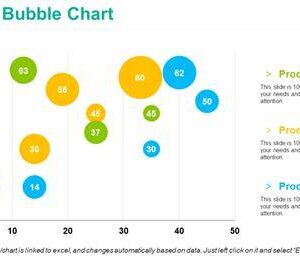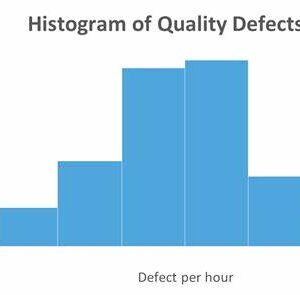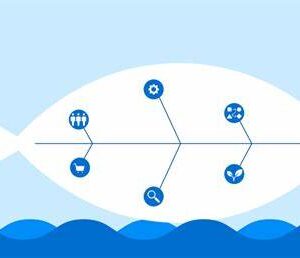In an era where adaptability and efficiency define long-term success, Kaizen has emerged as a timeless approach to continuous improvement. Rooted in Japanese philosophy, Kaizen translates to “change for better” and emphasizes small, consistent steps toward excellence. While many organizations talk about process improvement, the real impact of Kaizen is seen in how it’s put into action.
Let’s explore how companies across industries have successfully applied Kaizen to drive productivity, boost employee engagement, and create lasting change.
1. Toyota: The Birthplace of Modern Kaizen
No Kaizen success story is complete without mentioning Toyota, the company that popularized the practice through the Toyota Production System (TPS). Facing post-war resource constraints, Toyota introduced Kaizen as a way to improve efficiency without massive capital investment.
Impact:
-
Reduced production waste
-
Improved product quality
-
Empowered factory workers to suggest and implement improvements
-
Helped Toyota become a global leader in automotive manufacturing
Kaizen wasn’t just a tool for Toyota—it became part of their culture, enabling innovation from the shop floor to executive leadership.
2. 3M: Encouraging Employee Innovation
Global manufacturing giant 3M implemented Kaizen to create a more structured approach to innovation and product development. Known for encouraging “15% time” (where employees can work on passion projects), 3M blended this creative freedom with Kaizen principles to create tangible improvements.
Impact:
-
Over 10,000 improvement ideas implemented annually
-
Reduction in waste and energy usage across multiple plants
-
Increased speed in product development cycles
By engaging employees at every level, 3M has been able to sustain a culture of continuous innovation.
3. Nestlé: Global Process Standardization through Kaizen
Nestlé applied Kaizen across its global supply chain to standardize processes and improve efficiency in food production and distribution.
Impact:
-
Streamlined logistics, reducing delivery time by 60%
-
Reduced production line downtime by 40%
-
Improved quality control with fewer product recalls
Nestlé’s success highlights how Kaizen can be scaled globally without sacrificing local flexibility.
4. Virginia Mason Medical Center: Healthcare Transformation
In a traditionally rigid industry like healthcare, Virginia Mason Medical Center in Seattle adopted Kaizen to transform patient care and reduce operational inefficiencies.
Impact:
-
Reduced patient wait times by over 50%
-
Significantly lowered costs of supplies and medications
-
Increased staff engagement and patient satisfaction
Using “Kaizen events” and lean training, the center created a culture where continuous improvement directly contributed to better health outcomes.
5. Lockheed Martin: Defense and Aerospace Excellence
Lockheed Martin used Kaizen as part of its Lean Six Sigma strategy to improve the efficiency of its manufacturing processes, particularly in the production of the F-35 fighter jet.
Impact:
-
Reduced assembly time by 30%
-
Saved millions in production costs
-
Enhanced collaboration across engineering and production teams
For a high-stakes industry like aerospace, Kaizen helped Lockheed Martin maintain high standards of precision while optimizing costs and timelines.
Key Takeaways from Real-World Kaizen Success
These case studies underline a few critical truths about Kaizen:
-
Employee Empowerment Drives Results: Real change happens when teams at all levels contribute to improvement.
-
Small Changes Create Big Impact: Incremental improvements compound into significant gains.
-
Kaizen is Industry-Agnostic: From automotive to healthcare, Kaizen adapts to any environment.
-
Sustained Culture Beats One-Off Projects: Kaizen is most effective when it’s a daily mindset, not just an occasional event.















